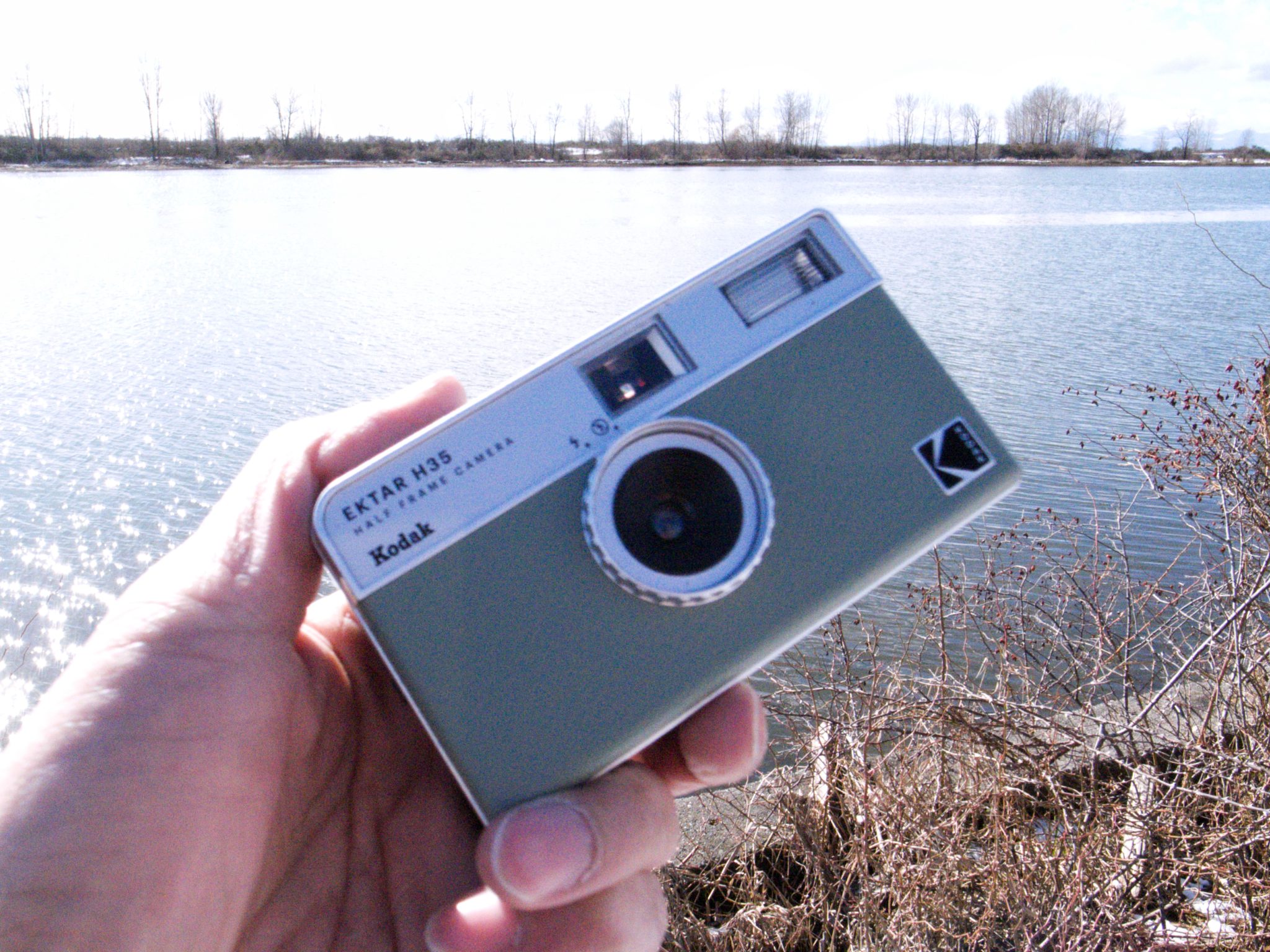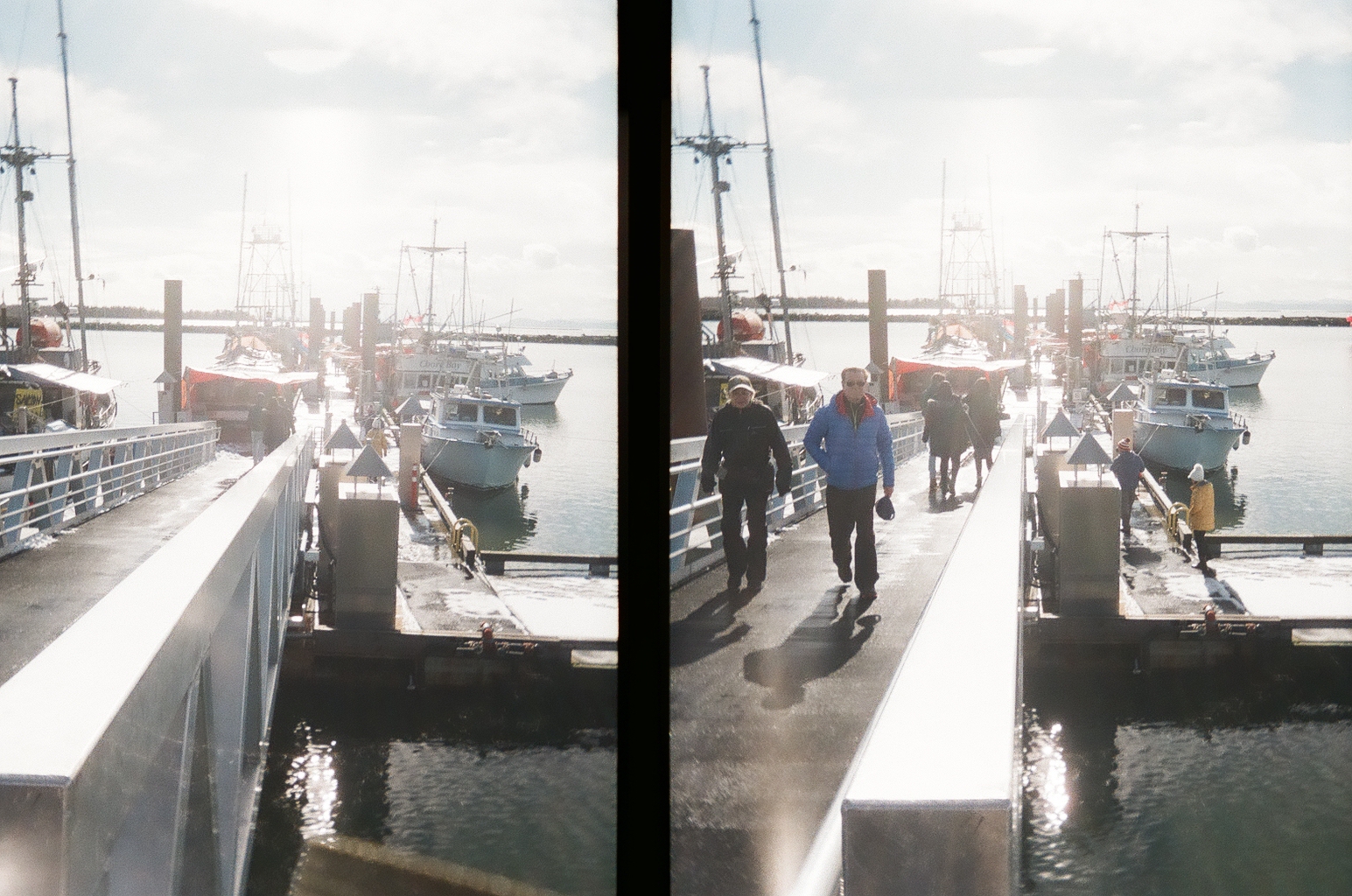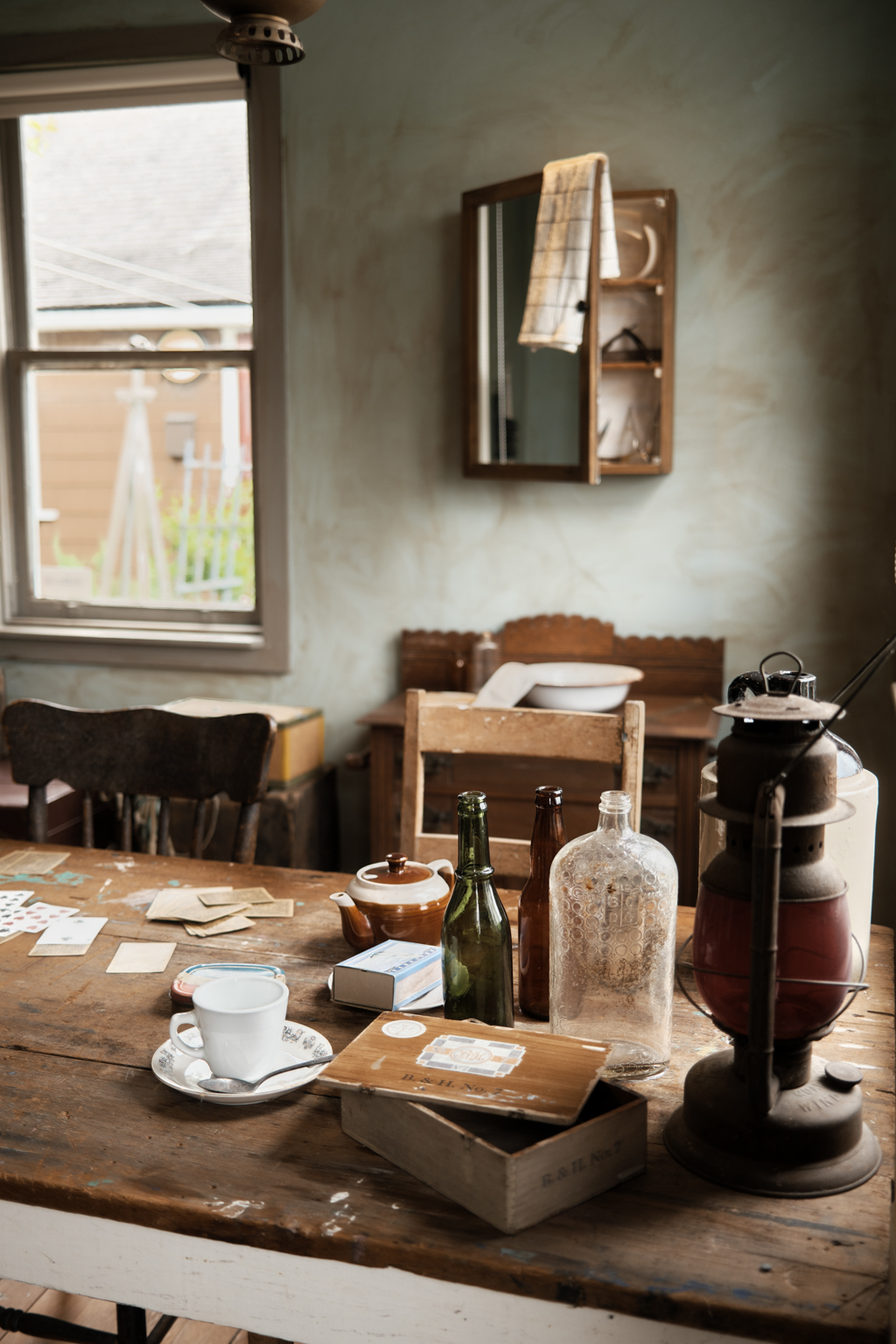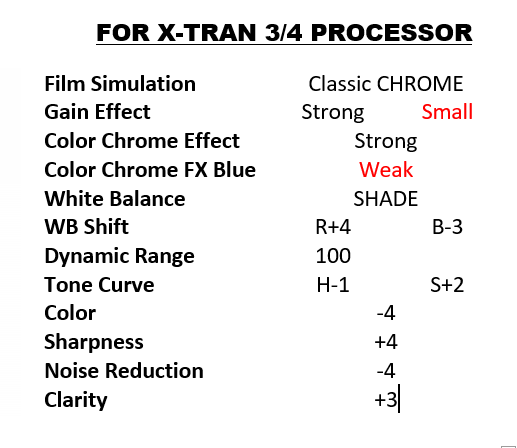It’s been over half a year since my last blog post in 2021, and I apologize for the long hiatus. I’m thrilled that you’re visiting my blog for my Fujifilm Film Recipes, but I’m also excited to share my experiences with film cameras. Over the past few years, I’ve experimented with various film cameras and scanned the films using my Nikon CoolScan V. Unfortunately, due to personal reasons, I haven’t been able to devote as much time to photography as I’d like. However, I’m ready to reignite my passion for photography and get back into the swing of things.
I’ve accumulated several film cameras, including the Leica M4-p, Ricoh GR1s, and Olympus XA4. Recently, I’ve been intrigued by the Kodak EKTAR H35, a new camera with a vintage look and a half-frame 35mm format. Hope this reliefs the pains of the skyrocketing costs of film.
The Kodak EKTAR H35 is a lightweight, plastic construction, and the vintage looks is appealing. The lens has a focal length of 22mm and a fixed aperture of f/9.5, and the shutter speed is fixed at 1/100s. The camera has minimal controls, with only an on/off switch for the built-in flash, allowing me to focus on composition without being distracted by camera settings.

Based on my personal preference, I’ve chosen ISO 200-400 film as the most suitable film for the Kodak EKTAR H35. For my first roll, I’ve selected Fujifilm X-TRA 400 stock film, which I’m excited to shoot with. With a fixed aperture and shutter speed, ISO 400 is more appropriate for Vancouver BC’s ever-changing weather conditions, especially since it is hard to take 36 shots (or 72 for half-frame) within certain period.
I took these photos in late winter, which was a sunny day that’s been rare since autumn. It was the perfect opportunity to test out the Kodak EKTAR H35. I had the photos developed and scanned by a local shop in standard resolution (around 1MB per file), and they are just “untouched” since I received the scanned images.
I hope you enjoy the selected photos, and I welcome your comments and feedback.










